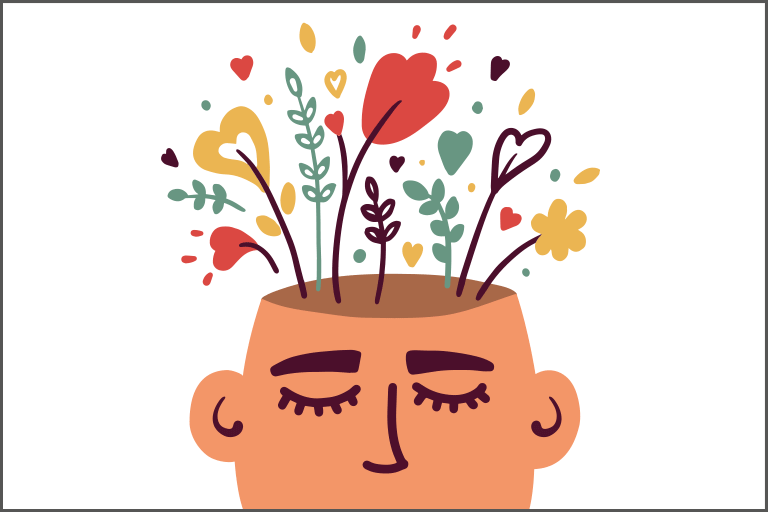Mindfulness: A Gentle Anchor in Our Chaotic Lives

Mindfulness is the practice of paying attention to the present moment—without judgment. It’s not a cure-all, but a gentle way to contain emotions and stay grounded amidst life’s chaos.
Mindfulness? What do we mean by it? Is it simply being consciously aware of what we’re doing, or is it some elusive state of peace that we can only achieve by completely letting go of our worries and ruminations? Sounds a bit conflicting, doesn’t it?
As a Dialectical Behavior Therapist (DBT), I introduce mindfulness to my clients in ways that feel personal and practical. It doesn’t look the same for everyone. When I first ask clients what they think mindfulness is, the most common response is:
Oh, do you mean that thing you do in yoga or meditation?

While it’s true that yoga and meditation are wonderful ways to cultivate mindfulness, they are not the only ways. Mindfulness isn’t confined to sitting in silence or perfecting a downward dog. It’s much broader, much simpler, and yet profoundly impactful.
In its most crisp and digestible definition, mindfulness is the practice of paying attention to the present moment—without judgment. It involves becoming aware of our thoughts, emotions, and sensations as they arise, without rushing to change or avoid them. Sounds easy, right? Well, not quite.
Mindfulness Is Not a Solution—It’s a Containment
A common misconception is that mindfulness is the cure-all for emotional distress. It’s not. What it does, however, is act as a container for our thoughts and feelings, preventing them from overwhelming every aspect of our lives.
Imagine your mind as a glass jar and your emotions as water. Without mindfulness, the water spills everywhere, soaking into parts of your life where it doesn’t belong—your relationships, your work, your peace of mind. Mindfulness helps hold that water in place, creating space between your emotions and your reactions, so you don’t drown in them.
Let’s take an example.
How Lack of Mindfulness Affects Our Daily Lives
Picture this: You have a high-pressure job where you're constantly meeting deadlines and dealing with difficult clients. You walk through the door after a long day, drained and exhausted. Then, a small disagreement with a family member or a friend turns into a full-blown argument. Why? Because all that stress, frustration, and irritation—bottled up throughout the day—needed somewhere to go, and it came out on the wrong person.
Sounds familiar? That’s how stress starts to spill over into our personal lives, straining relationships and leaving us feeling disconnected from ourselves.
How Mindfulness Helps Us Stay Grounded
With my clients, I’ve noticed that simply understanding what mindfulness truly is gives them the power to explore their own ways of staying grounded. Mindfulness is not about forcing yourself to relax or eliminating negative emotions. It’s about allowing yourself to be present without being consumed by the chaos. For some, mindfulness looks like:
- Taking deep, intentional breaths between meetings.
- Savoring the first sip of morning coffee.
- Stretching for a few minutes between tasks.
- Feeling the cool water on their skin while washing their hands.
- Noticing the sound of birds chirping on an early morning walk.
For me, mindfulness is found in small, intentional acts —stretching between therapy sessions, inhaling the rich aroma of coffee beans, or practicing slow, steady box breathing.
What Could Mindfulness Look Like for You?
Mindfulness is not a grand practice reserved for monks or yogis. It’s a simple, deeply personal act of coming home to yourself. It’s about finding tiny moments of pause in the middle of life’s whirlwind.
So, I ask you:
What small act could you turn into a mindfulness practice today? Take a moment to explore, and you might be surprised by how much peace you can invite into your everyday life.
About Naman Jain

Naman Jain
Naman Jain is a psychotherapist who integrates the practicality of Dialectical Behavior Therapy (DBT) with the depth of a psychodynamic lens. His work explores the subtle yet powerful currents of emotional life—the patterns we carry, the stories we tell ourselves, and the quiet spaces where healing begins. Through writing, he invites readers to pause, listen, and find meaning in the everyday moments that shape us.

